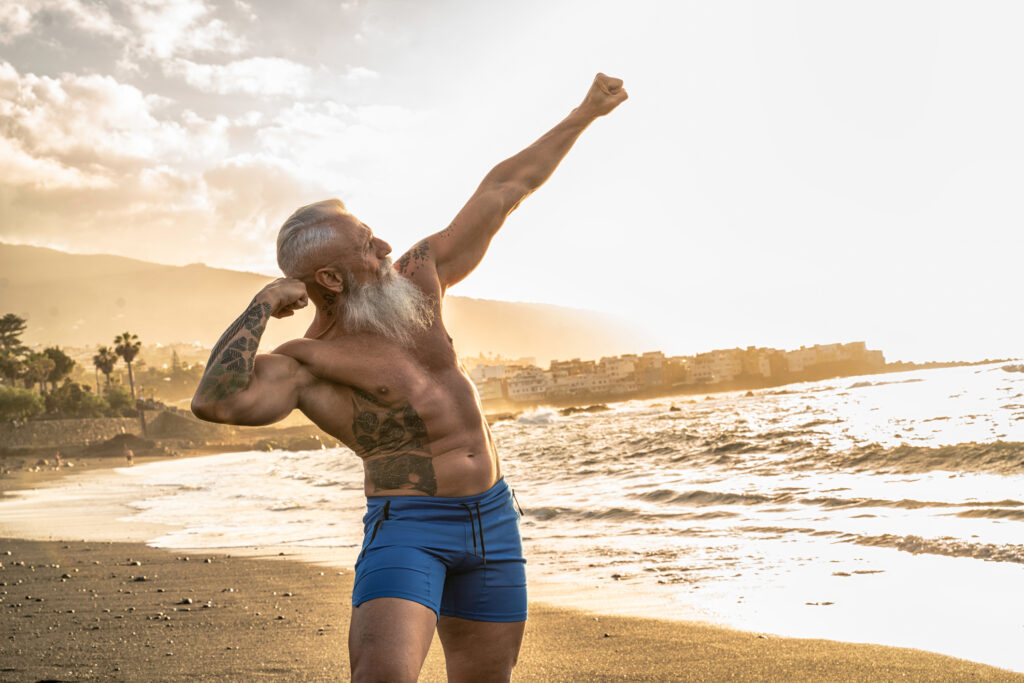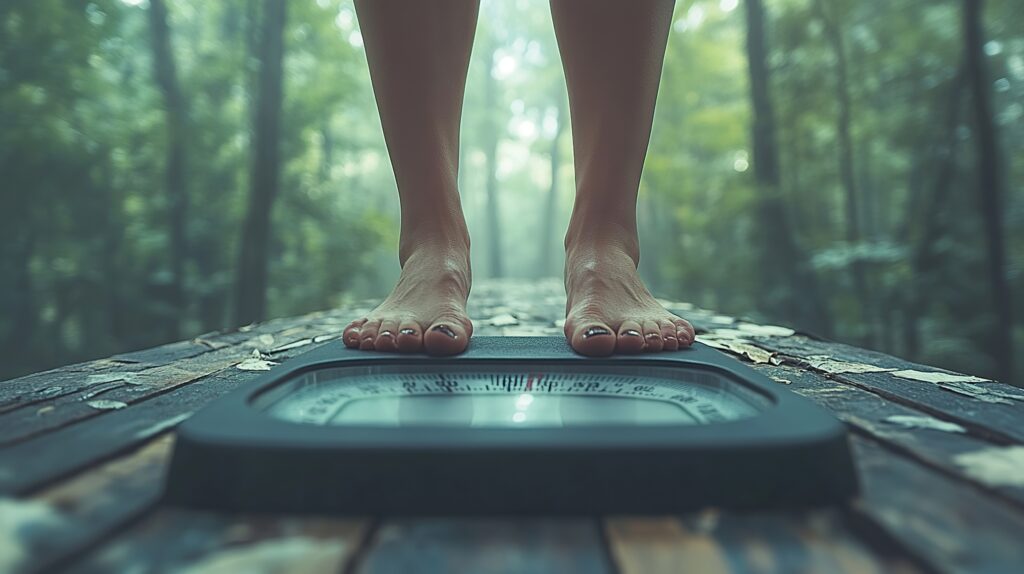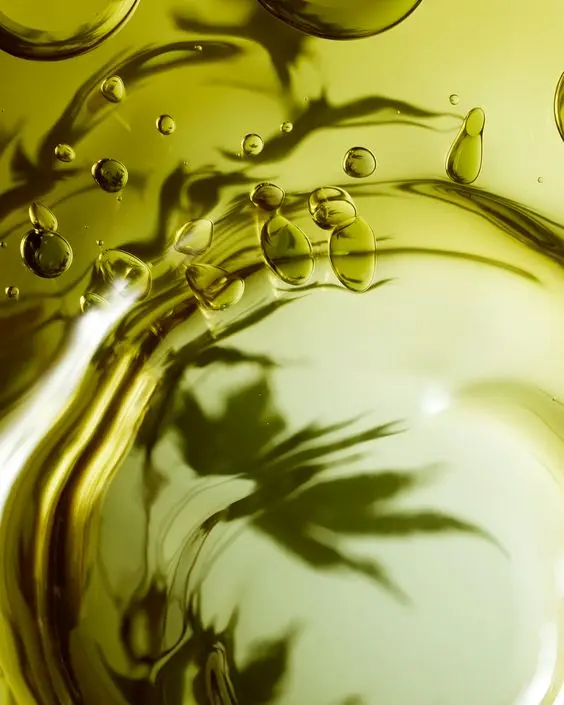- What Is Skinspan?
- The Foundation of Skinspan: Smart Sun Protection
- SPF Explained: What It Means and How to Choose your Number
- The Vitamin D Dilemma: Sun Safety Without the Deficiency
- Supplements and Peptides That Support Skin Longevity
- The Lifestyle Layer: Sleep, Food, and Movement Count
- Skinspan Is a Longevity Metric
- Ready to Protect Your Skinspan?
You can’t stop time—but you can outsmart it.
When it comes to aging, your skin tells the story more than any other organ. And the most visible signs—wrinkles, sun spots, sagging—aren’t just from getting older. They’re mostly from the sun.
It’s time to add skinspan to your longevity vocabulary.
What Is Skinspan?
Skinspan refers to the length of time your skin maintains its vitality—its ability to protect, regenerate, and reflect health from the outside in. Think of it as your skin’s healthspan. Just like muscles and metabolism, your skin has a biological age that responds to daily habits, especially sun exposure.
And here’s the part that surprises most people:
Up to 80% of visible skin aging is caused by UV exposure—not chronological age.
That includes the major changes we associate with aging: fine lines, wrinkles, dark spots, dullness, and collagen loss. The scientific term for this is photoaging.
In one landmark study, researchers analyzed nearly 300 women in France and found that sun-seekers looked significantly older than their age, while those who avoided sun exposure appeared younger. These visual differences persisted across all age groups and were obvious even to blinded observers.
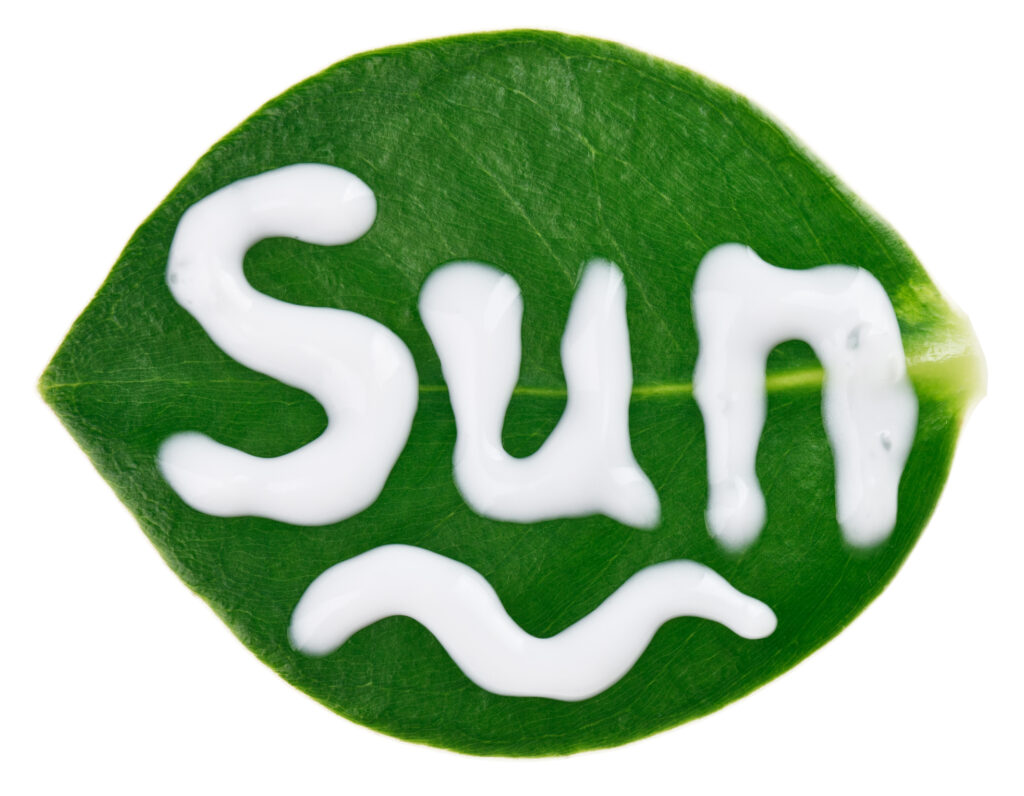
The Foundation of Skinspan: Smart Sun Protection
If you care about skinspan, sunscreen isn’t optional—it’s essential. But you have to choose the right kind. Not all sunscreens work the same way—and some may do more than you bargained for.
Chemical Sunscreens
Chemical filters absorb UV rays and convert them into heat, which is then released from the skin. Sounds clever—but there’s more to the story.
Common chemical sunscreen ingredients include:
- Oxybenzone
- Avobenzone
- Octinoxate
These compounds penetrate the skin’s surface and, in some cases, enter the bloodstream. Studies have found trace levels of these ingredients in urine, blood, and even breast milk. Oxybenzone in particular has raised red flags for its potential role as an endocrine disruptor, meaning it may interfere with hormone signaling. These ingredients are also more likely to cause irritation or allergic reactions—especially in sensitive or compromised skin.
Mineral Sunscreens (Physical Sunscreens)
Mineral sunscreens take a different approach. Instead of absorbing UV rays, they sit on top of the skin and reflect and scatter both UVA and UVB rays—creating a physical barrier between your skin and the sun.
The two FDA-recognized mineral UV filters are:
- Zinc oxide
- Titanium dioxide
Zinc oxide in particular is considered the gold standard for safe, broad-spectrum sun protection. It’s photostable (it doesn’t degrade in sunlight), non-comedogenic, and unlikely to cause irritation—making it ideal for sensitive skin and daily use. Best of all, mineral sunscreens stay on the skin’s surface rather than being absorbed, aligning more closely with longevity and skin barrier integrity principles.
ResetOne pro tip: Look for a zinc-based mineral sunscreen with broad-spectrum coverage and no added fragrance, especially if your goal is to protect both your skinspan and hormone balance.
SPF Explained: What It Means and How to Choose your Number
SPF, or Sun Protection Factor, measures how well a sunscreen protects against UVB rays—the ones that cause sunburn and contribute to skin cancer. It’s a multiplier, not a guarantee.
For example, if your skin would normally burn in 10 minutes, SPF 30 means you could theoretically stay in the sun for 300 minutes without burning.
But here’s what most people don’t realize:
- SPF 15 blocks ~93% of UVB rays
- SPF 30 blocks ~97%
- SPF 50 blocks ~98%
That small gap matters over time—especially when thinking in terms of cumulative damage and aging.
And most people apply too little sunscreen, cutting the real-world protection in half. That’s why dermatologists recommend SPF 30 or higher—and proper application.
Best practice:
- Use SPF 30+ daily for general use
- Choose SPF 50 for extended outdoor exposure or high UV index days
- Always look for broad-spectrum coverage to block both UVA and UVB rays
- Reapply every 2 hours or after sweating/swimming
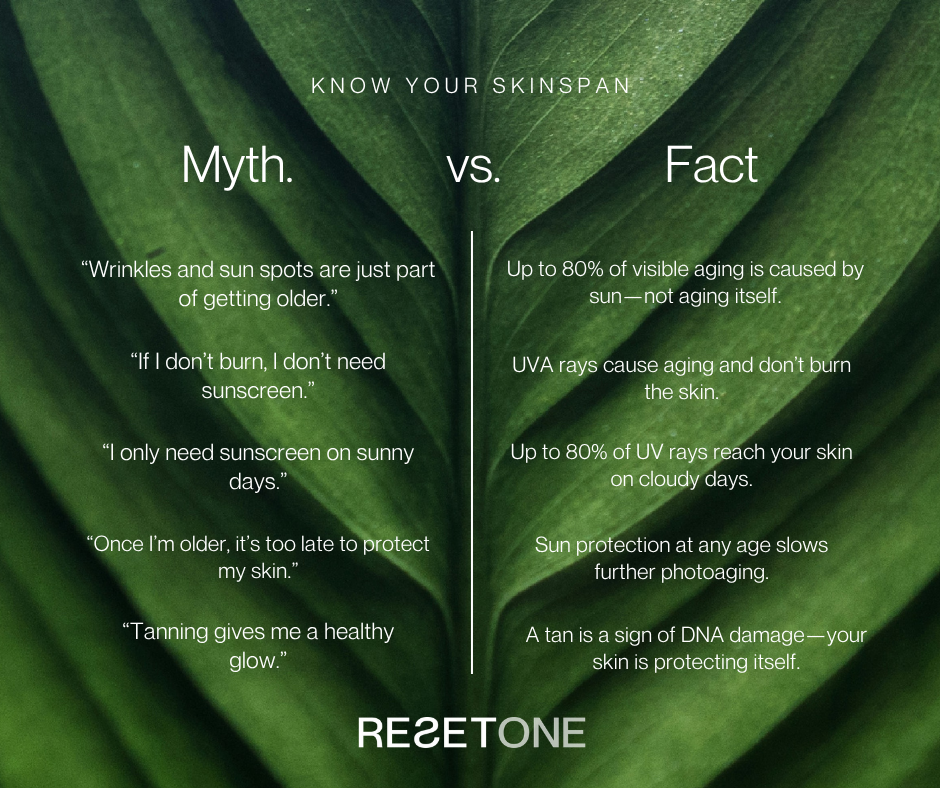
The Vitamin D Dilemma: Sun Safety Without the Deficiency
Vitamin D is essential for immune health, bone density, and mood—and your skin plays a key role in producing it. When exposed to UVB rays, the skin converts cholesterol into active vitamin D.
But here’s the trade-off:
The same sunscreen that protects your skinspan also reduces vitamin D synthesis.
So how do you find the sweet spot?
- 10–15 minutes of unprotected sun exposure on arms and legs (preferably early or late in the day) is usually enough for most people
- Individuals with darker skin tones may need slightly more exposure to achieve the same vitamin D levels
- Always protect your face—it’s the most UV-sensitive and visible part of skin aging
- If you wear SPF daily, test your vitamin D levels regularly
- Supplement strategically, especially in winter or if you’re mostly indoors
ResetOne can help optimize your vitamin D strategy based on your biomarkers—no guesswork required.
Supplements and Peptides That Support Skin Longevity
Optimizing your skinspan means working from the inside out, too.
These physician-prescribed peptides support regeneration, resilience, and cellular repair.
- GHK-Cu (Copper Peptide): Boosts collagen and elastin, reduces inflammation, and supports visible skin rejuvenation
- Epitalon: Supports cellular repair and telomerase activation, with potential anti-aging effects on skin and overall longevity
- Thymosin Beta-4 (TB-500): Promotes wound healing, angiogenesis, and tissue regeneration—especially effective post-procedure or injury
But you can also support your skin with a more over-the-counter approach:
- Astaxanthin: A potent antioxidant that helps protect against UV damage and oxidative stress
- Vitamin C + E: Work together to stabilize collagen and fight free radicals
- Polypodium Leucotomos Extract (PLE): Botanical antioxidant that protects against photoaging and reduces sunburn sensitivity
- Collagen Peptides: Improve skin elasticity, hydration, and dermal density
The Lifestyle Layer: Sleep, Food, and Movement Count
While targeted peptides and supplements support skin health, the real foundation is still built on how you live. Quality sleep fuels skin repair, nutrient-dense food protects against oxidative stress, and regular movement improves circulation and collagen integrity. Together, they shape the biological environment that keeps your skin resilient, strong, and visibly younger.
Skinspan Is a Longevity Metric
Skinspan is an important subset of healthspan. And because it’s visible, skinspan gives you a real-time window into your biology.
Your skin isn’t just aesthetic—it’s an organ, an immune barrier, a hormone communicator, and a reflection of internal aging. It responds to your environment, your habits, your stress, your sleep, your nutrient status.
The same factors that accelerate skin aging—oxidative stress, glycation, chronic inflammation, sun damage—also speed up aging in your heart, brain, and cells.
That means:
- When you protect your skin, you’re also protecting your mitochondria.
- When you support collagen and elastin, you’re reinforcing connective tissue system-wide.
- And when you optimize skinspan, you’re actively extending your healthspan.
At ResetOne, we treat skin as a longevity organ. Not just something to fix or cover—but something to preserve, strengthen, and protect as part of a whole-body aging strategy.
Ready to Protect Your Skinspan?
Your skin is the most visible part of how you age—and one of the easiest to optimize.
Science tells us that most of what we call “aging” is actually preventable damage. And that means you have more control than you think. From zinc-based sunscreen and UPF clothing to peptides, collagen, and strategic supplements, supporting your skinspan is about smart, consistent choices—not perfection.
At ResetOne, we don’t believe in one-size-fits-all routines. We build personalized longevity plans that help you preserve what matters—inside and out. Skinspan is just one way we help you age stronger, glow longer, and take control of what’s ahead.
Because real longevity doesn’t just feel better—it looks it.
Share this post with a friend who still thinks SPF 15 is enough.
Long live longevity.™


